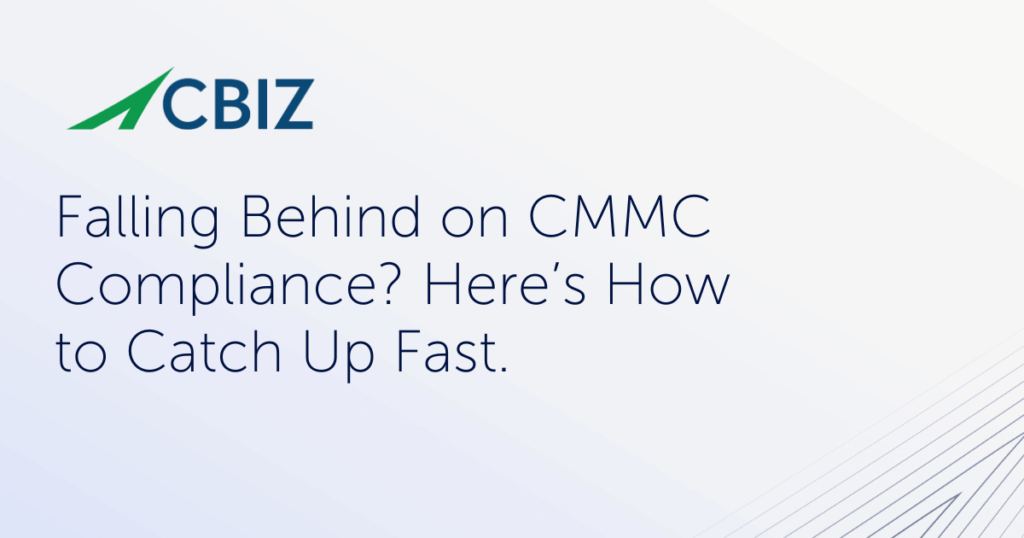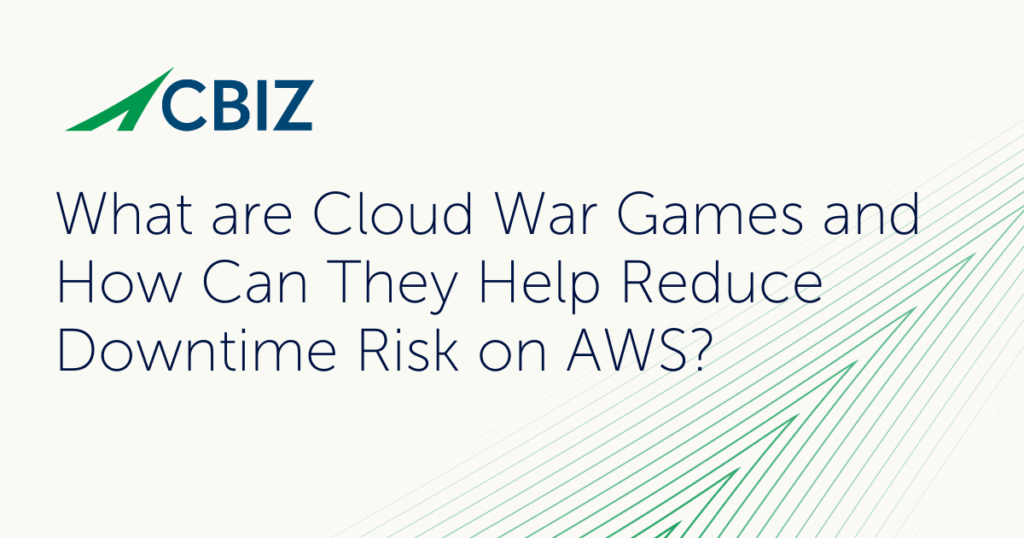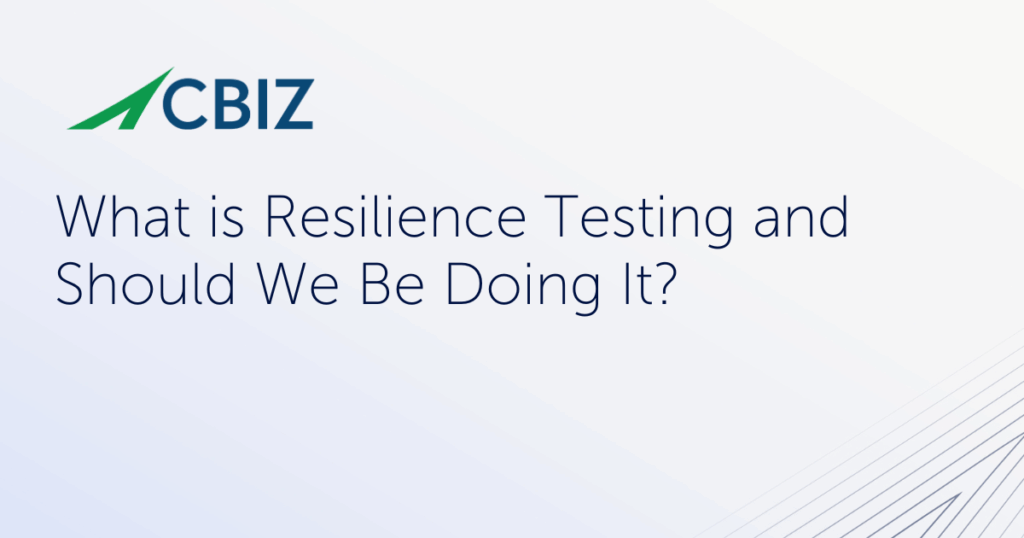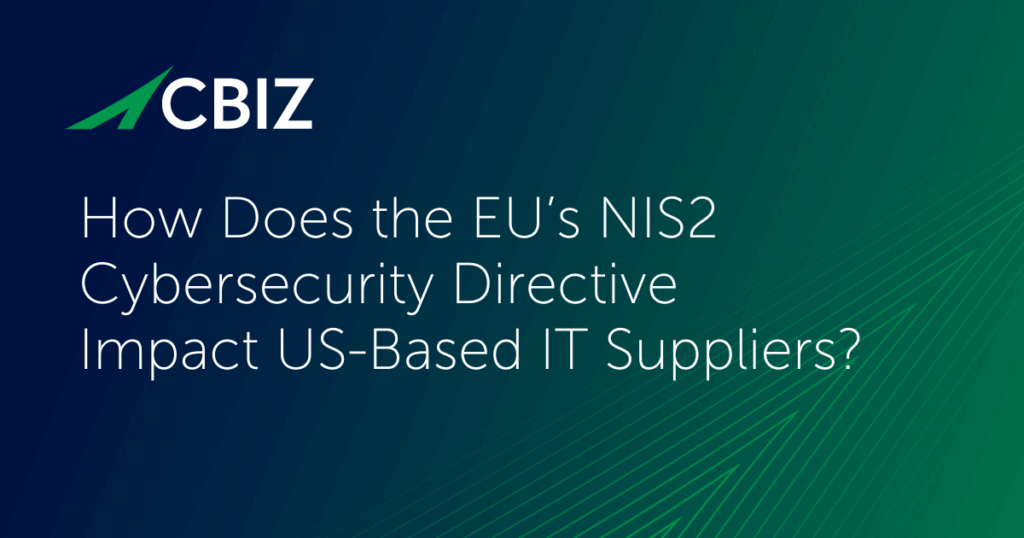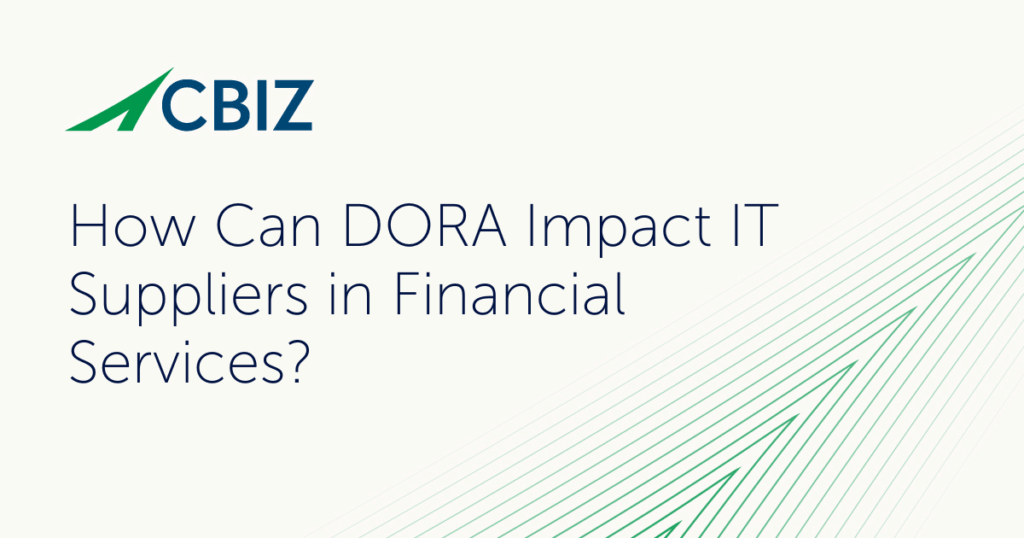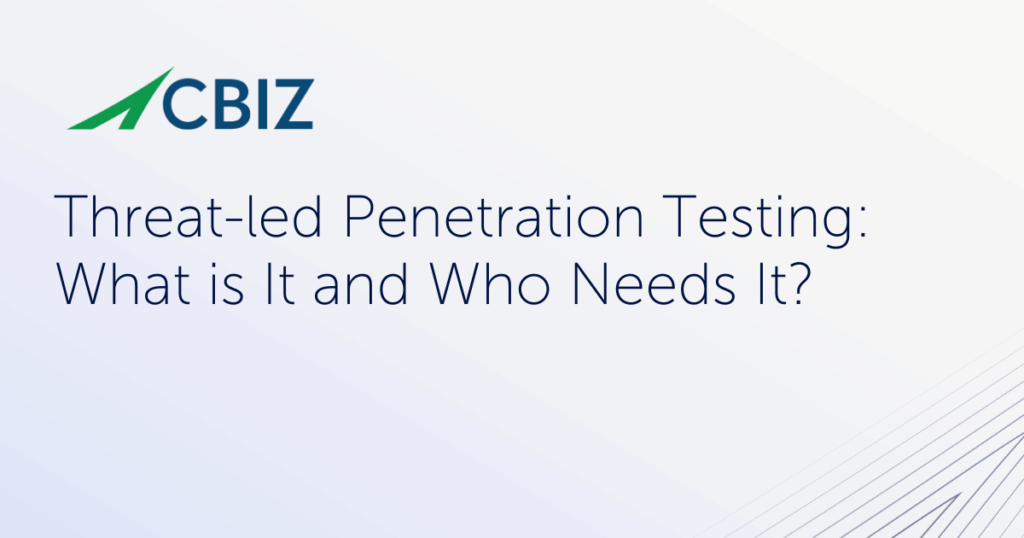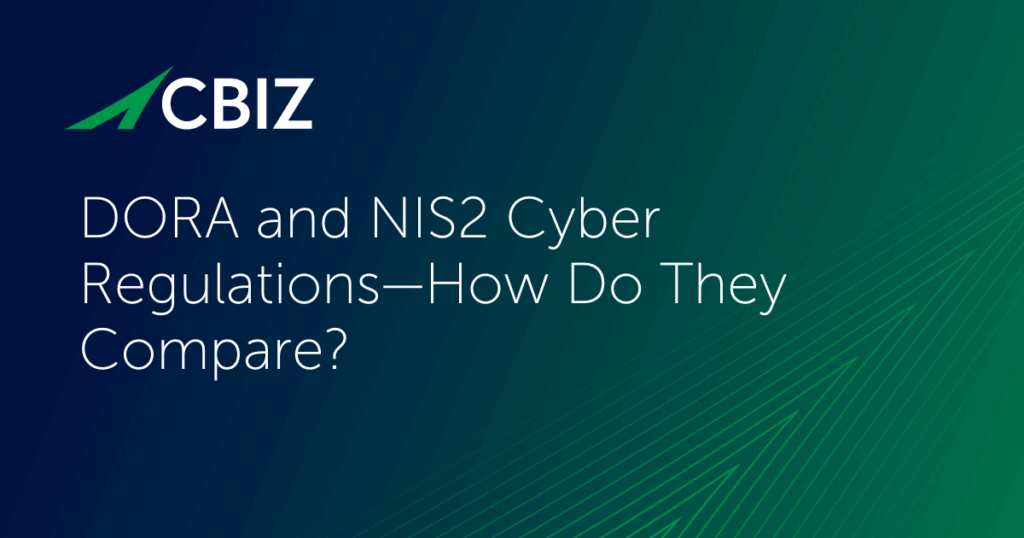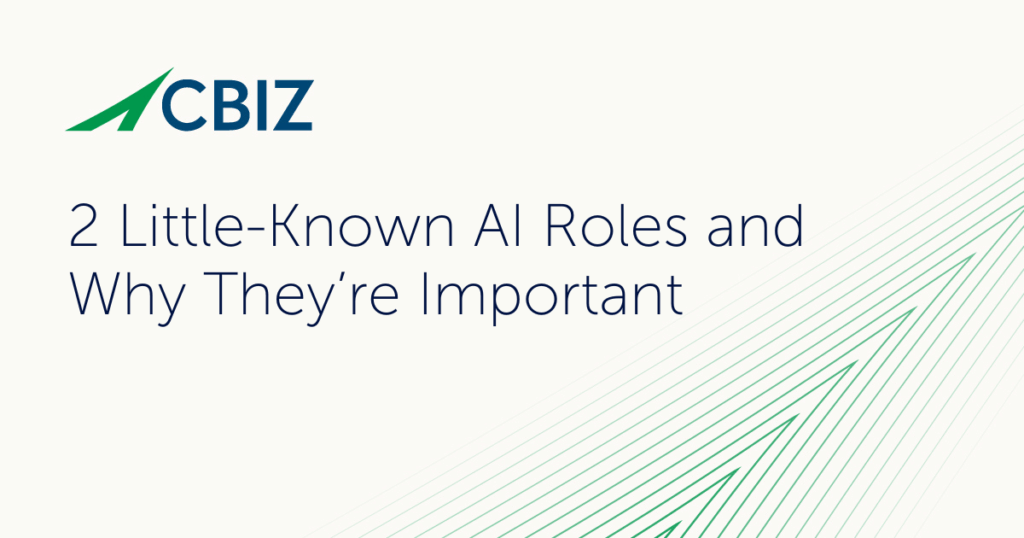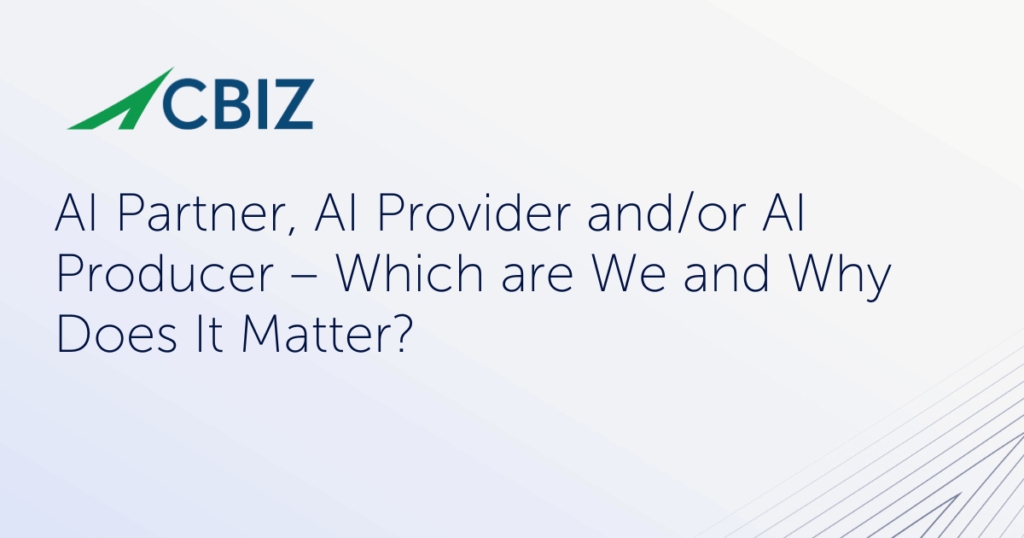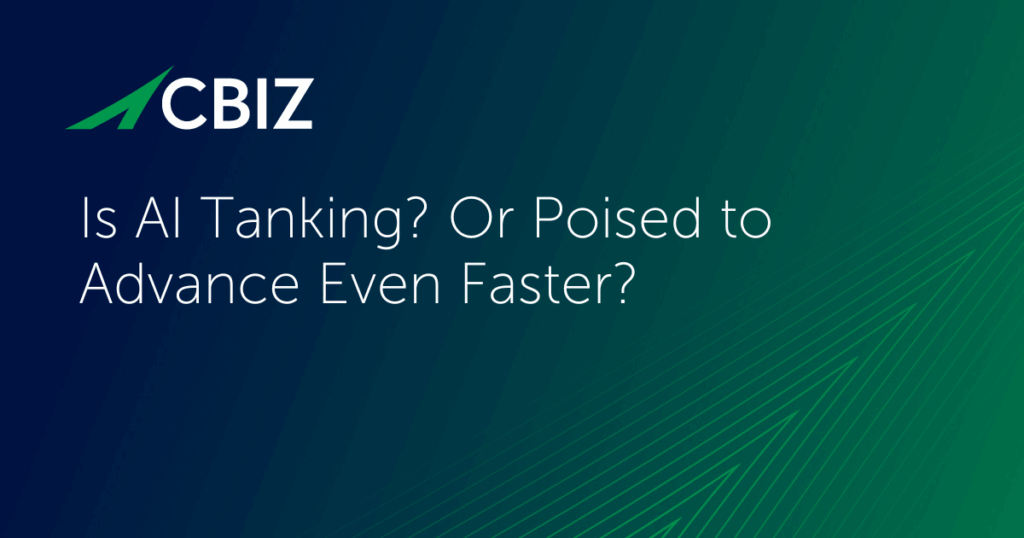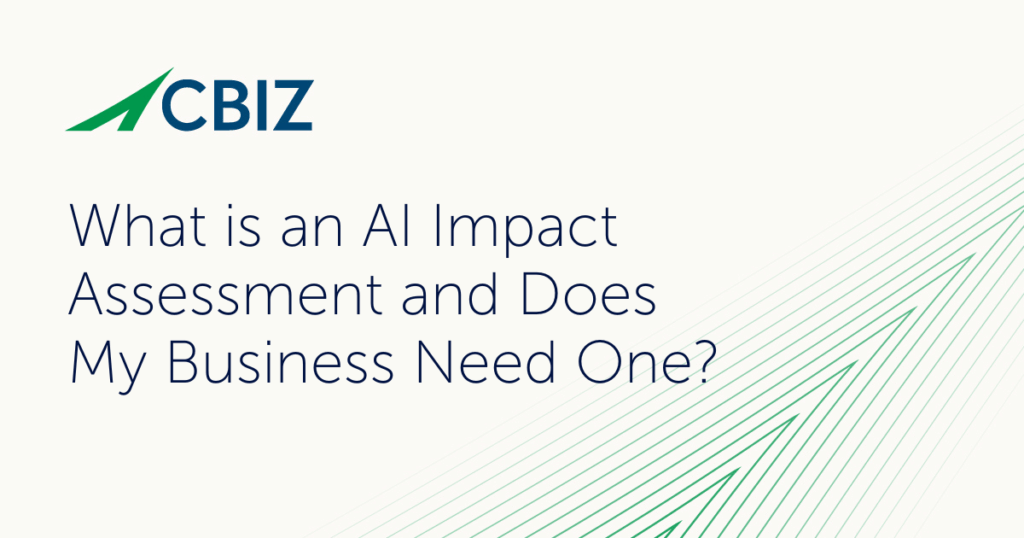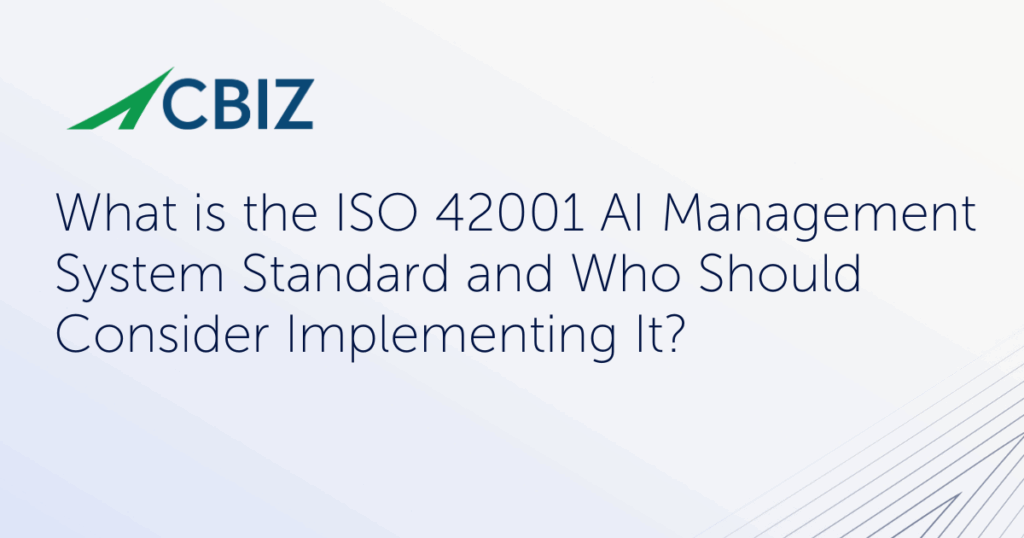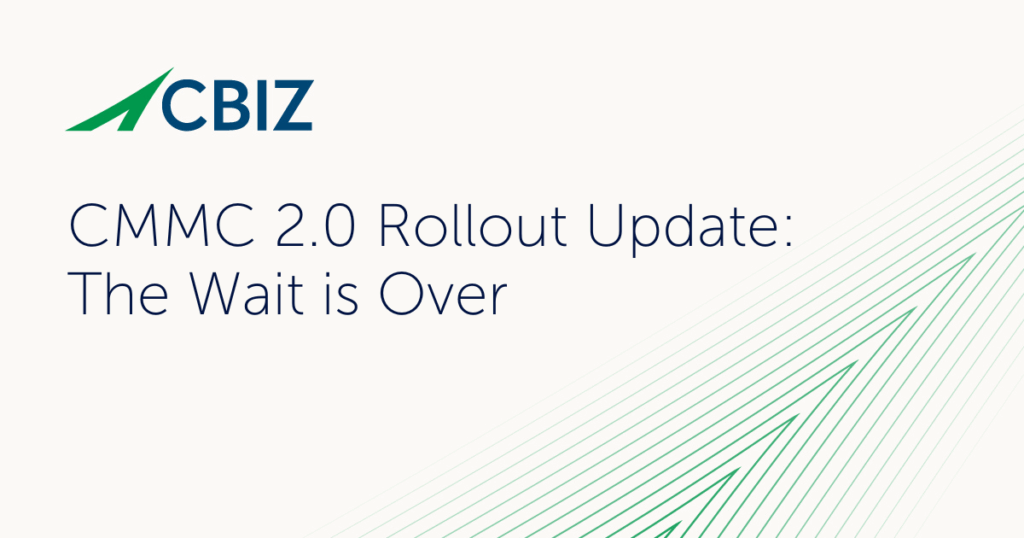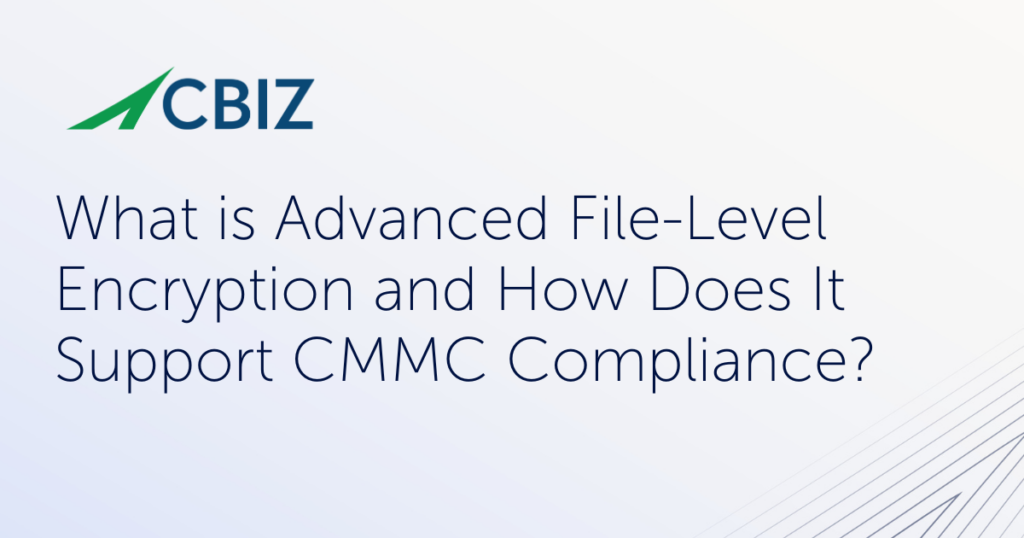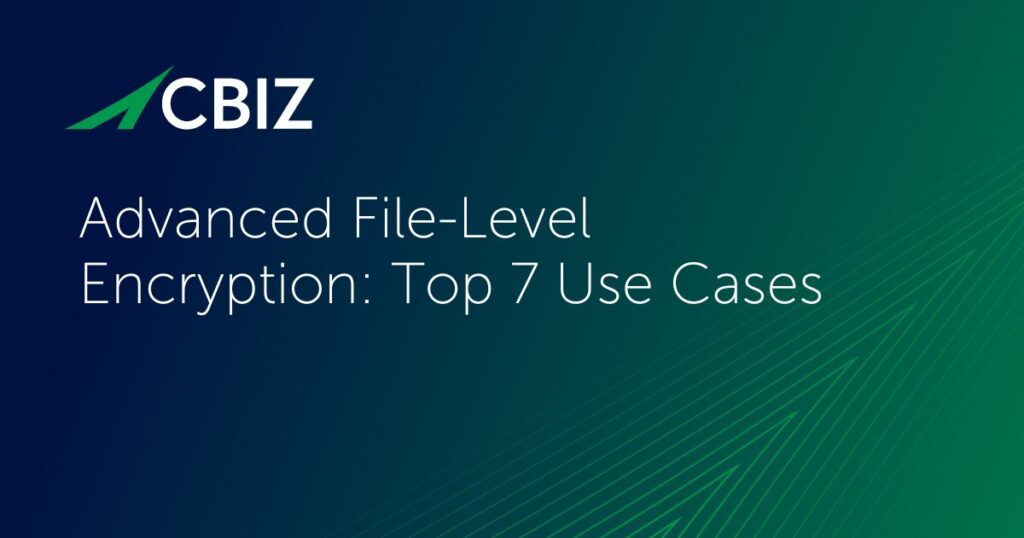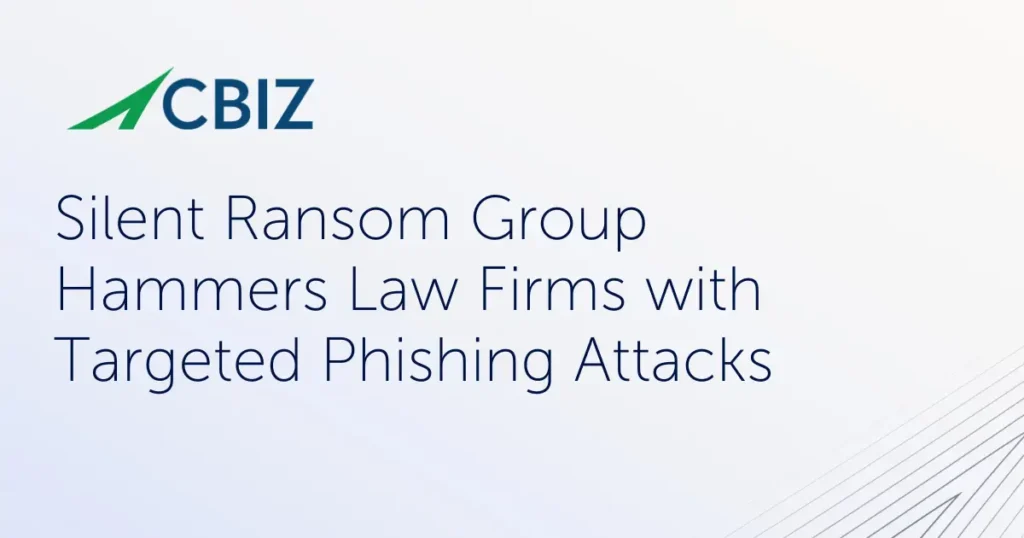Last Updated on September 19, 2024
Multi-cloud deployments inevitably expand an organization’s attack surface and add cybersecurity risk and complexity. Areas of concern include misconfigurations, compliance issues, and skill set gaps around each cloud’s unique tools, services, automation, and security model.
To address the extensive challenges with securing multi-cloud infrastructure, cybersecurity vendors continue to evolve their offerings. Cloud Native Application Protection Platforms (CNAPPs) are currently among the most advanced approaches to providing holistic, full lifecycle protection for cloud-based assets.
This article will bring you up to speed on CNAPPs, including their capabilities, business value, relationship to other cybersecurity solutions, and whether your business needs a CNAPP.
What is a CNAPP?
According to Gartner, which coined the term in 2021, “CNAPPs address the full lifecycle protection requirements of cloud-native applications and infrastructure from development to production.”
In short, CNAPPs seek to enhance visibility and control over all an organization’s cloud-native applications.
To achieve this goal, CNAPPs integrate several core capabilities, including:
- Cloud Security Posture Management (CSPM), which focuses on reducing misconfiguration risks and ensuring configurations comply with policy.
- Cloud Workload Protection (CWP), which focuses on threat monitoring and detection for cloud workloads.
- Cloud Infrastructure Entitlement Management (CIEM), which extends traditional identity and access management (IAM) features to cover cloud environments.
- DevSecOps features like infrastructure-as-code scanning, runtime configuration scanning, and vulnerability scanning to make cloud-native applications more secure.
CNAPPs ensure continuous compliance with cybersecurity and privacy requirements and policies while helping development teams “shift security left” to eliminate vulnerabilities before code reaches production.
What is a cloud-native application?
Cloud-native applications are designed to leverage the flexibility and scalability of cloud environments. As such, they have certain characteristics, including:
- A modular design based on microservices, which encapsulates functions into small, reusable units.
- Automated, dynamic scalability to optimize resource utilization and improve performance.
- Use of containers and container orchestration (e.g., Kubernetes) to eliminate platform dependencies and support application portability across cloud environments.
- Dynamic, decentralized data storage for improved scalability and lower cost.
- Use of APIs to communicate and connect with other cloud-native applications and cloud services.
These features compress time to market and improve development efficiency. But they also create or exacerbate security risks beyond what traditional, agent-based tools built for on-premises environments can effectively address.
Hence the need for CNAPPs, which specifically target the security risks that cloud-native applications pose.
Why is CNAPP important in multi-cloud environments?
The move to cloud-native technologies and modern software development practices like containers, serverless functions, and infrastructure-as-code has rendered many traditional security solutions ineffective. To meet business needs, application security must keep pace with DevOps—by catching security issues earlier, accelerating remediation, and providing continuous assurance. This requires teams to go beyond safeguarding IT infrastructure to protecting configurations, applications, and workloads in the cloud.
A primary advantage of CNAPP is its integration of historically siloed CSPM, CIEM, CWPP, and other point solutions to provide seamless protection. CNAPP improves teams’ ability to identify, prioritize, and address risks by giving them a unified interface with comprehensive visibility. This reduces alert fatigue and simplifies tool administration while decreasing manual effort.
How does CNAPP differ from CSPM, CIEM, and CWPP?
As noted above, CNAPP integrates and subsumes primary CSPM, CIEM, and CWPP capabilities, such as:
- Monitoring and managing cloud configurations with full visibility to identify, rank, and repair misconfigurations and compliance/policy violations.
- Monitoring and analyzing cloud permissions, identities, entitlements, and secrets to enforce least privilege principles.
- Continuously scanning cloud workloads to prevent, detect, alert on, and/or automatically remediate security risks in virtual environments, container images, and serverless functions.
Besides reducing misconfiguration risks, CNAPP supports governance in multi-cloud and DevSecOps contexts. It also streamlines identification and remediation of common threats like ransomware and other malware.
Can CNAPP help secure containerized applications?
Cloud-native applications are increasingly containerized, driving the need to detect vulnerabilities in container images and enforce configurations and other security policies within the underlying Kubernetes infrastructure.
Today’s most advanced CNAPP offerings may include built-in security for Kubernetes clusters. These capabilities help uncover, prioritize, and mitigate security and compliance issues within Kubernetes clusters, containerized applications, and container configurations.
“You can think about a Kubernetes environment as basically a separate, private cloud that has its own configurations,” explains Arick Goomanovsky, Chief Product Officer at Tenable Cloud Security. “It has its own computes, its own networking and orchestration configuration, its own identity service accounts, etc. Everything within CNAPP that applies to a cloud service provider like AWS, Azure, GCP, Oracle, IBM, etc. also applies to Kubernetes clusters.”
What are CNAPP’s business benefits?
Intensifying interest in CNAPP is due to the wide range of potential benefits it promises for businesses moving to the cloud. These include:
- A more robust, scalable, and verifiable cloud security posture
- A unified interface to improve productivity, efficiency, and collaboration
- Reduced IT complexity and operational overhead
- More complete visibility on your cloud assets and attack surface
- Better ability to eliminate misconfigurations, vulnerabilities, configuration drift, etc.
- Greatly improved application security with reduced friction and greater automation in DevOps scenarios
- Enhanced risk assessment and risk management
- Continuous governance and compliance, including automated compliance checks
Does my business need CNAPP?
CNAPP is the future of cybersecurity in the cloud, with a majority of businesses predicted to move from CSPM and other point solutions to a holistic CNAPP solution over the next few years.
Companies that are investing heavily in cloud-native applications and/or managing complex multi-cloud environments should consider moving to CNAPP to reduce their application security and overall cybersecurity risk. Businesses with smaller cloud footprints that don’t anticipate significant growth in their cloud usage may be able to cut costs by using a CSPM tool for now.
Another consideration is the value of your sensitive data and the cyber threats you realistically face. Regulated and critical infrastructure organizations—and increasingly their vendors—may need CNAPP to maintain compliance in the cloud. If you are just looking to prevent common misconfigurations like “public S3 buckets,” a CSPM tool may suffice.
What’s next?
For more guidance on this topic, listen to Episode 142 of The Virtual CISO Podcast with guest Arick Goomanovsky, Chief Product Officer at Tenable Cloud Security.
Back to Blog







